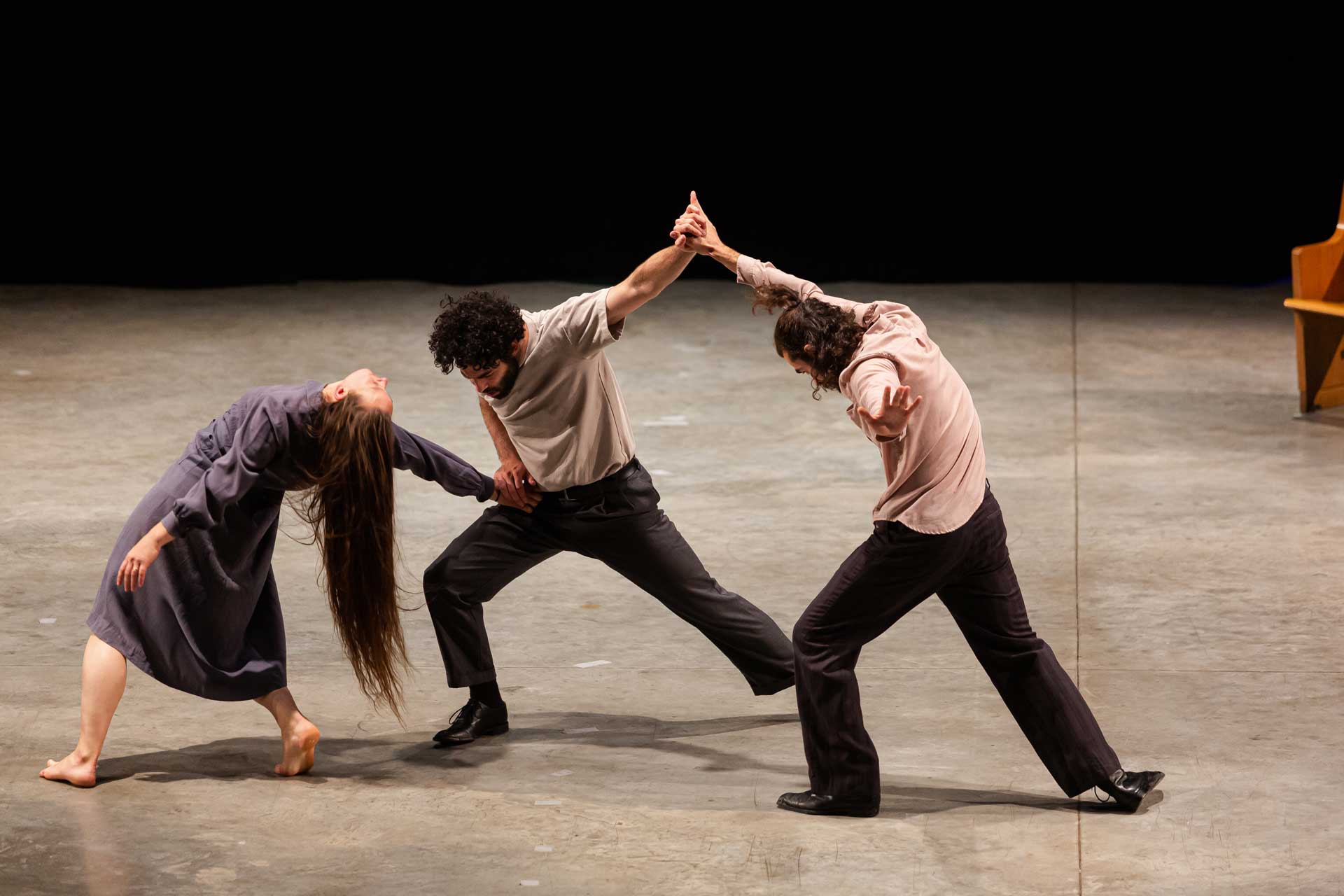
in response to Broken Theatre
in response to Broken Theatre
In this century, there are those who fight, and those who dance. The fighters: puffing up their chests, grabbing their nuts, growling and spitting in the face of truth. The dancers: singing sorrowful songs, swaying upon the waters of being. There are those who grunt and charge; there are those who sigh and signify. Yet, an essential truth remains: between fighters and dancers, no physical difference exists. All are hair, skin, nails, and dreams. Neither are Gods. Both cast shadows, upon the pavement and within their innumerable crevices. Both hold darker hues behind grinning faces. Yet, one finds her shadow, and dances with it; the other finds her shadow, and fights. Only fighters wish to be Gods. Dancers turn themselves over like birds in the wind of humility, moving between the light and the dark, fragrant through and through. Fighters cast a blinding, hot gleam over nations and neighborhoods, promoting self-righteousness and fire; fighters fight. Dancers dance. And between the two, our world crumbles.
Before the world, we were light alone. Having enjoyed eternities illuminating the halls of infinite heavens, it follows well that our souls were shocked by the marriage between Earthly existence and shadow. The height of adjustment is evident from an infant’s first moments: shrieking and crying are a sure sign of life. For with each fluorescent light and white coat, the newborn child must also confer with corresponding creases and dark undersides. The most shocking part: as time passes, we all must discover that this new shadow also lurks within. No warning, no parable exists for the parts of you that will remain a perfect mystery. Fear coats our understanding like mildew over old laundry; without concentration, these shadows take on the shape of monsters and untruths in our minds; darkness, a force we cannot control, exists in every part of our worlds and our beings. Mystery presides.
Yet, mystery has never sold well. Films which end as ambiguously as they begin are not becoming blockbusters; even fairy tales have been altered for a taste in resolutions. Filled up with fantasies of neat endings and answered questions, people grow confused, and then indignant. Understanding that we were left here with no answers, fighters of the shadow compensate by writing and forcefully imposing their own. Ones full of categories about bodies, and corresponding rules to be followed in exchange for life itself. Suddenly our natural world is full of stipulations on who may speak, in the presence of whom, and how loudly. With imaginary facts insistently called law, fighters may elude themselves into believing that Earthly mystery has been defeated. Upon these thrones of ego and expectation, a swath of humans that is ever widening changes, abandoning their depths as complex creations in exchange for the blinding glare of wannabe Gods. We are all impacted by the fighters’ glare; the light is as hot as it is bright: overly-warm springs with later and later snows demonstrate its widening providence. And with every shadow the glare does annihilate, room for mystery, and thus improvement, narrows. The state of our world is a battle between dancers defending the cool sanctuaries of darkness, and fighters seeking a hot and fetid Heaven on Earth.
The ordeal is frightening: yet, with meditation, the need for darkness, for shadow, becomes clear. Shadow is where quiet is; darkness is where mystery, where the matter of the universe, exists.Flatness is for a time before this life, and a time after. The shadows and what depths they signify are what poetry is written for, the way tears are shed. For that reason, humans fare best when they can learn to dance; to see these new Earthly shadows, and find joy in the possibilities they present. Thus offering sanctuary for fallibility, the shadow can be a true home. Dancers have danced with Earthly mystery, creating ideas and art; communities that work for all of their members; and, above all, space to change with grace as a fallible species. Our dancers know they are not perfect: yet, they see the presence of flaw, as an opportunity for creation. The situation appears dire: the days are literally hotter because of human arrogance. But our dancers, and their ways with words, and their plumbing and plowing for meaning in darkness, are like a taste of sugar at night: a promise of future pleasures.
All of us dance at times; all of us fight. When we grow consumed with the anxiety of incompetence, or the terror of loneliness, a fight with our shadow occurs; when we find breath, and love, and grace for ourselves and others, a dance has begun. My goal in life is to dance as much as possible: to swing myself on the gravity of this persistent shadow, and find meaning in the ordeal of walking our Earth each day. Fighting drains; dancing energizes. And between the two, our own worlds are full of questions that make living real. To save our world, it’s imperative that each of us see ourselves honestly–all of our darkest parts–and approach with gentleness in hand, for our own souls and that of those around us. Dance with your own shadow–dance with your neighbor’s. Dance with the world’s hardest parts. Dance with our children–teach our children to dance. Fighters fight; dancers dance; and between the two, our world continues to change.


